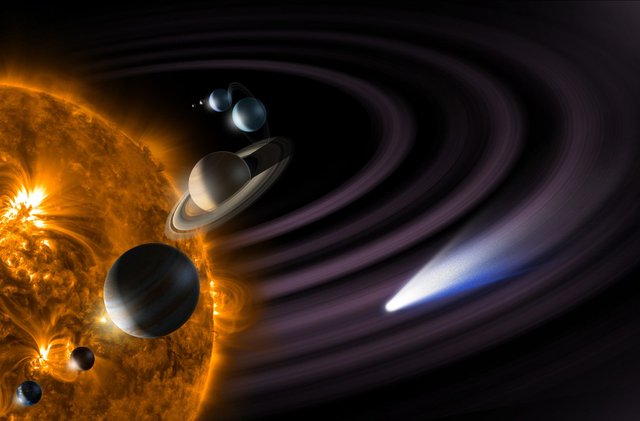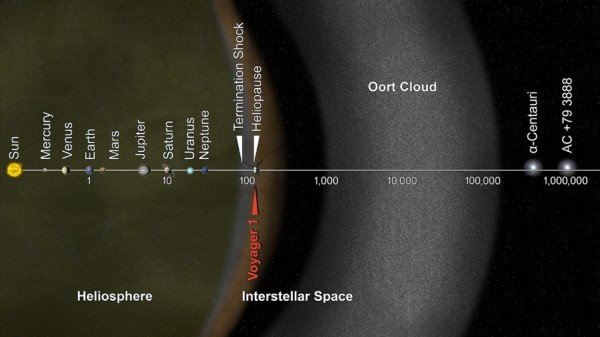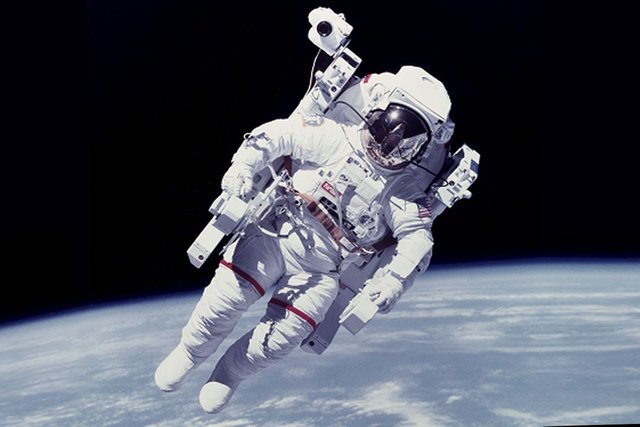5 interesting and surprise effect about our solar system
Hello! friends
Lucky is here about the interesting facts about physics.
Today I am going to reveal some surprising facts about our solar system.

The hottest planet isn’t closest to the sun:
As we know that sun is a hot body that consists of burning gases. we also know that Mercury is the closest to the sun, so it should be the hottest planet in the solar system. On the other hand, Venus which the second planet in the solar system and 30 million miles away from the sun and should be cooler than Mercury. consideration, Mercury has no atmosphere, no warming blanket to help it maintain the sun’s heat. On the other hand, Venus is shrouded by an unexpectedly thick atmosphere, about 100 times thicker than Earth’s atmosphere. This in itself would normally serve to prevent some of the sun’s energy from escaping back into space and thus raise the overall temperature of the planet. But in addition to the atmosphere’s thickness, it is composed almost entirely of carbon dioxide, a potent greenhouse gas. The carbon dioxide freely lets solar energy in but is much less transparent to the longer wavelength radiation emitted by the heated surface. Thus the temperature rises to a level far above what would be expected, making it the hottest planet.

Pluto is smaller in diameter than the U.S.
The greatest distance across the contiguous United States – from Northern California to Maine – is nearly 2,900 miles (about 4,700 km). Thanks to the New Horizons spacecraft in 2015, we now know that Pluto is 1,473 miles (2,371 km) across, less than half the width of the U.S. Certainly in size it is much smaller than any major planet, perhaps making it a bit easier to understand why, in 2006, the International Astronomical Union changed Pluto’s status from major planet to dwarf planet.

Jupiter has the biggest ocean on any planet:
albeit made of metallic hydrogen. Orbiting in cold space five times farther from the sun than Earth, Jupiter retained much higher levels of hydrogen and helium when it formed than did our planet. In fact, Jupiter is mostly hydrogen and helium. Given the planet’s mass and chemical composition, physics demands that way down under the cold cloud tops, pressures rise to the point that the hydrogen must turn to liquid. In fact, there should be a deep planetary ocean of liquid hydrogen. Computer models show that not only is this the largest ocean known in the solar system but that it is about 25,000 miles (40,000 km) deep roughly as deep as the Earth is around.We live inside the sun. Normally we think of the sun as being that big, hot ball of light 93 million miles (150 million km) away. But actually, the sun’s outer atmosphere extends far beyond its visible surface. Our planet orbits within this tenuous atmosphere, and we see evidence of this when gusts of the solar wind generate the Northern and Southern Lights. In that sense, we definitely live inside the sun. But the solar atmosphere doesn’t end on Earth. Auroras have been observed on Jupiter, Saturn, Uranus, and even distant Neptune. In fact, the outer solar atmosphere, called the heliosphere, is thought to extend at least 100 A.U. That’s nearly 10 billion miles (16 billion km). In fact, the atmosphere is likely teardrop-shaped due to the sun’s motion in space, with the “tail” extending tens to hundreds of billions of miles downwind.

A NASA spacesuit is easily the most expensive outfit:
A full NASA space suit costs a cool $12 million. The majority of the cost relates to the backpack and control module.
Another fun fact about fancy space suits: The middle layer of the suit is made to blow up like a balloon and suction to astronauts’ bodies to prevent them from boiling up in space.
